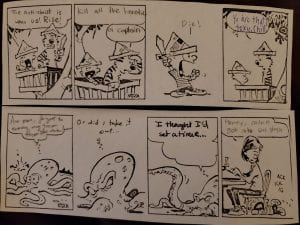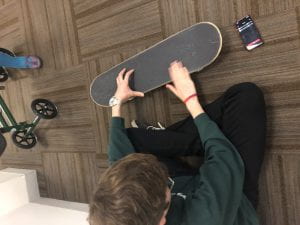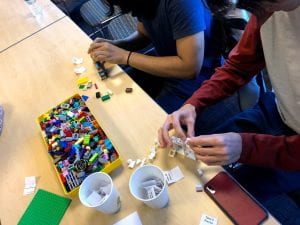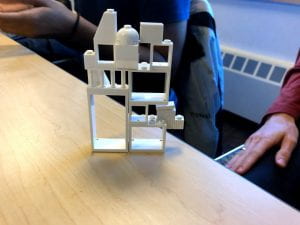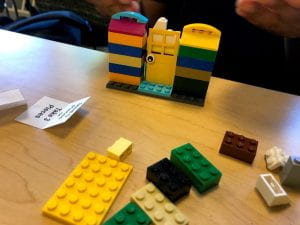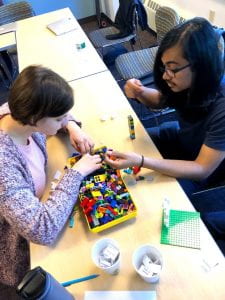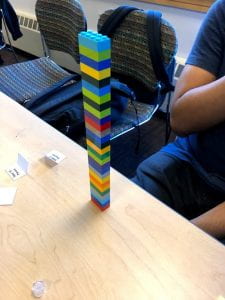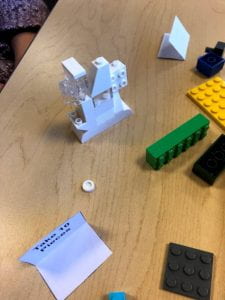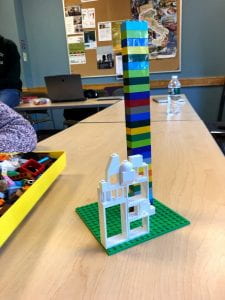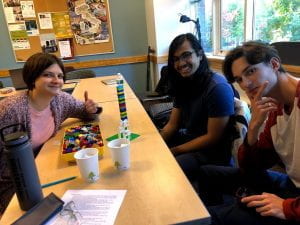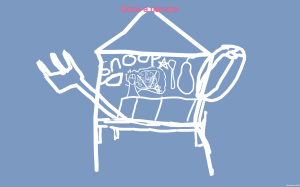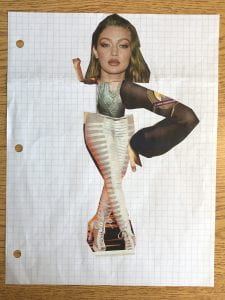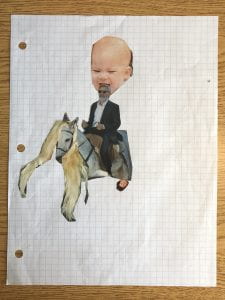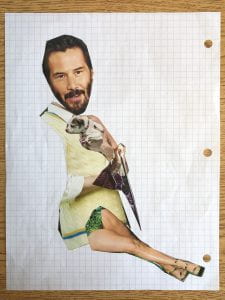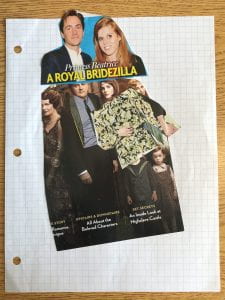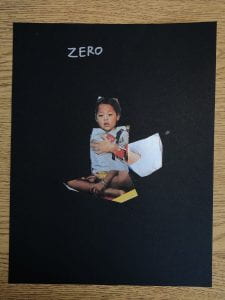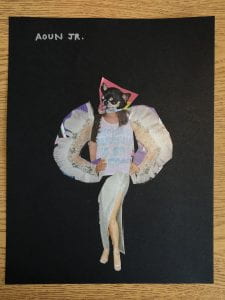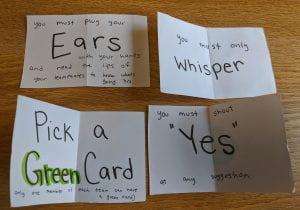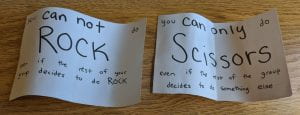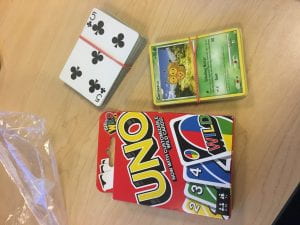The Death Run Game
The objective is simple. You have One hour. Take any story game or sandbox game that has unique death animations for the main character or death text showing how the main character died. Within that one hour, find as many ways to reveal the death text or find as many unique death animations for the main character. Both players must agree upon the game and have their own copy ready. The goal is not to die as many times but find as many different ways to die that reveal new animations for the character to die. Example of some games you can do that have multiple death animations: The Tomb Raider Series (from 2013 onwards), The Last of Us, and Dead Space. For the ones with death text you can use Minecraft. In the sandbox games that are open world and potentially multiplayer, PVP death is not allowed (since it isn’t even beneficial for the player killing). For the story games one must start from the very beginning or a similar save point.
What made me choose this game and its rule set is that I have always been intrigued by games that have made their main character suffer unique death animations, like the developer has done so much to build their character to then give them one of many very brutal deaths. I would love in the future to be able to make a mod out of adventure game that involves finding the unique death animations and put it as a score at the end of the game.


